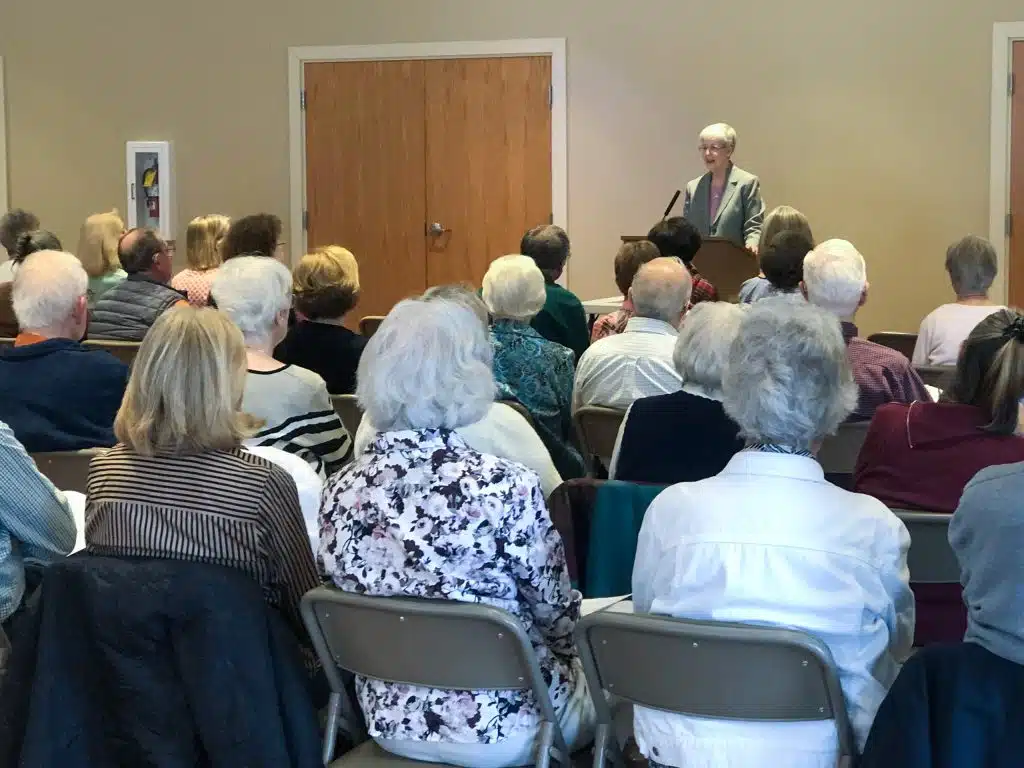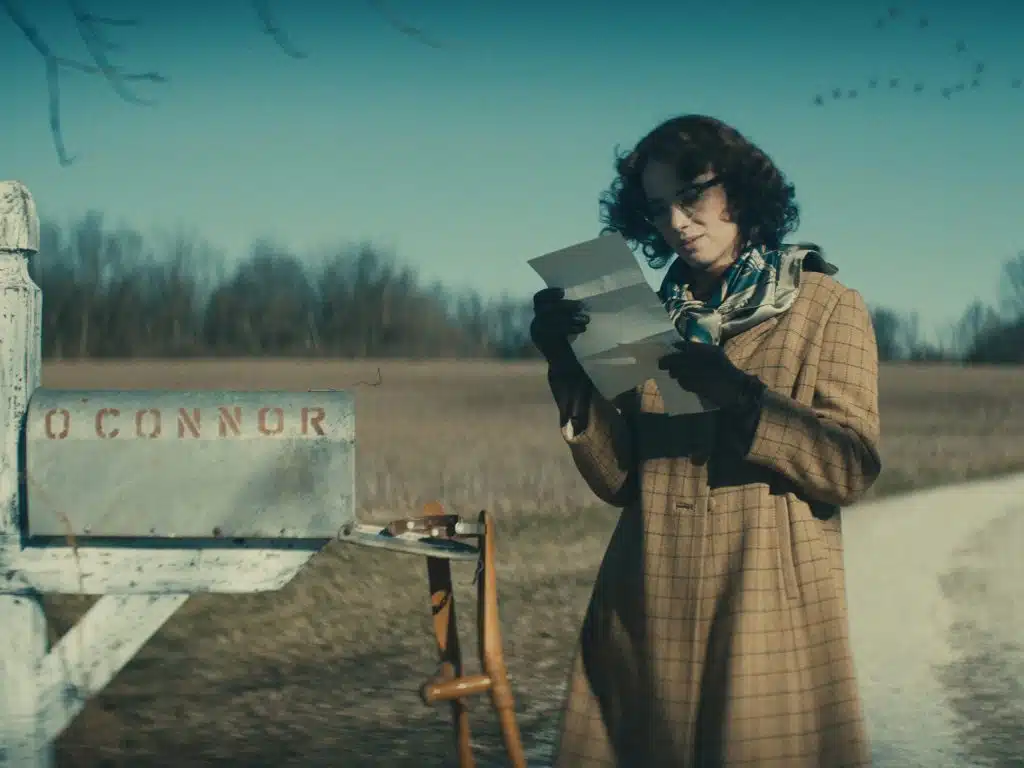Little Flowers of St. Francis, a biography of the saint from Assisi composed around 1390, recounts that “Francis’ devotion brought him to St. James of Galicia” – the shrine of the apostle at Santiago de Compostela on the Atlantic coast of Spain, to which pilgrims from all over the world have journeyed for a thousand years. The challenging and uplifting trip on foot through the Pyrenees Mountains was made even more famous in the 2010 film “The Way.”
The pilgrimage of St. Francis to Galicia in 1214 unites two of the most revered saints in Christian history, the patron saints of Spain and Italy, both famous for their travels to spread the faith and both important in the struggles and encounters between Christianity and Islam.
To commemorate the 800th anniversary, a group of pilgrims set out Aug. 2 from Santa Maria degli Angeli in Assisi to journey to Compostela in the footsteps of St. Francis. Also, the regional Xunta of Galicia is working with the Municipality of Assisi, the Order of Friars Minor (Franciscans) and two institutions from Perugia, Italy, to present an exhibit entitled “Pilgrim and New Apostle: St. Francis on the Camino de Santiago,” at the Bonacquisti Palace on Assisi’s main square.
The artifacts from Galicia include a very early codex of the official life of St. Francis by St. Bonaventure written in 1263; objects of Christian liturgy and Holy Land relics; and a series of images of St. Francis from the 13th to the 18th century highlighting the impact of Franciscan spirituality in Spain generally and in Galicia in particular, by renowned artists such as El Greco and Zurbaran.
Among the sculptures are a stone panel, circa 1425, of St. James with Sts. Francis and Dominic from the Museum of the Cathedral of Santiago; an 18th-century polychrome wood statue of St. Francis Giving Alms from Lugo; and the early 14th-century granite tympanum from San Francisco de Pontevedra, one of the religious institutions on “The Way” that may date back to the visit of St. Francis in 1214.
The story of Santiago
St. James was the only one of the original Twelve Apostles whose martyrdom is recorded in the New Testament. A very old tradition reports that he had preached the Gospel in the Iberian Peninsula, and his followers carried his body back from Jerusalem to the Roman province of Galicia for burial.
After the Roman Empire collapsed, in 711, Muslim Arabs conquered most of what is now Spain and Portugal but never got a foothold in Galicia in the remote Northwest. This area became the Kingdom of Asturias and the Emperor Charlemagne and the pope recognized its king, Alfonso II, in the early 800s.
Meanwhile, according to local legend, in 813 the light of a bright star guided a local bishop to the burial site of St. James. To honor him, King Alfonso II had the cathedral built on the spot. The presence of the apostle’s relics inspired the Catholic faithful to keep their stronghold in northern Spain during the Christian crusades against the Arab invaders.
Until the 15th century the cathedral of Santiago (the Spanish name of St. James) had a flag showing St. James mounted on white horse against a red sky dotted with stars. The name “field of stars” relating to the story of the rediscovery of his remains turned into “compostela” in the Galician language.
The centurieslong effort to win Spain back to Christianity under the banner of St. James came to a climax in 1212 with the Battle of Navas de Tolosa, which marked the arrival of a tide of Christian supremacy on the Peninsula. The leader of the victorious coalition was King Alfonso VIII of Castile, who was known for his merciful treatment of his foes. He reigned over medieval Toledo at the time when it was a celebrated center of tolerance and learning for Jews, Christians and Muslims.
An enduring heritage
The prospect of an enduring peace must have been pervasive when St. Francis journeyed through northern Spain two years later.
Besides the one in Pontevedra, several monasteries in the region are believed to trace their origins back to St. Francis himself. Among these is the former Franciscan monastery of Compostela.
Tradition says that a poor local family hosted St. Francis during his pilgrimage in 1214. When Francis asked the family’s father to build a monastery he replied that he had no funds. The humble man from Assisi led him to a treasure buried at a nearby hermitage. A Benedictine monastery gave them the land to build the monastery in exchange for an annual basket of fish, which the friars continued to remit until the end of the 18th century.


